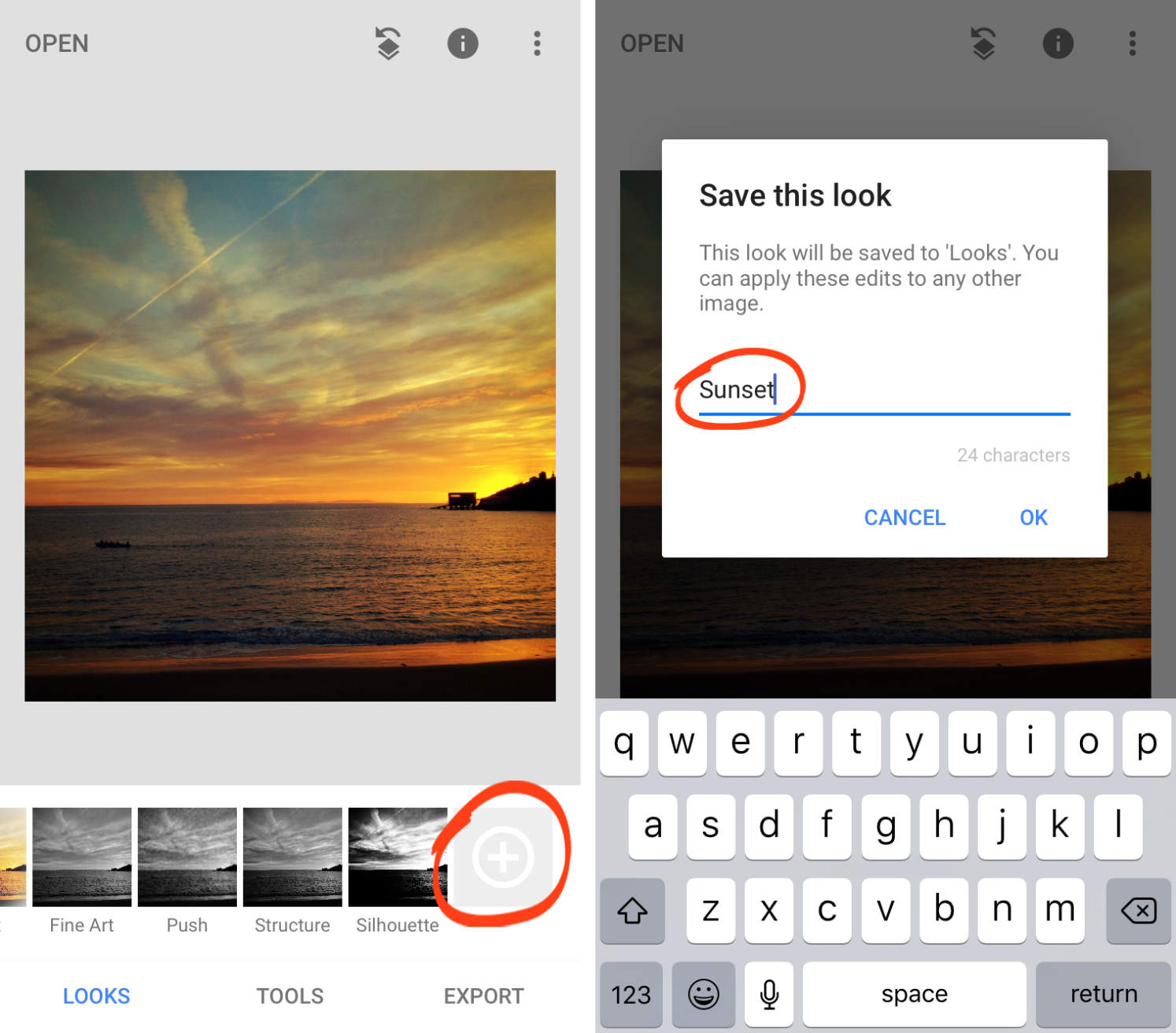
With such simplicity, we’re giving the interface a perfect score. It’s a uniquely robust interface that hides its tools at the bottom of the screen, ready to be pulled up when needed.įor those already accustomed to standard app layouts inherent to both iOS and Android, Snapseed is a pretty comfy application for the most novice of users to poke around with little introduction. Interface SnapseedĪ significant advantage that Snapseed has in terms of its interface is its relatively familiar and less intimidating design. While Snapseed should work well for basic photo editing needs, Lightroom is the complete package for more efficient and powerful results. Adobe offers far more tech support and resources when it comes to backing up Lightroom.

For being under the Freeware license, Snapseed is the winner by default. While both applications work in iOS and Android environments, Lightroom has the desktop advantage as well. With plenty of different formats, Lightroom can deliver on more than just JPGs when it comes to final renders.

The ability to go between different versions of Lightroom for different workspaces helps make mobile edits less painful in the workflow process. With an uncomplicated and straightforward display, Snapseed works well for any skill set. Lightroom comes with a broader range of tools and filters for better control over tweaking photos for the most customizable images. Thanks to years of advancements from its desktop days as well as additional plugins, Lightroom’s features stretch far and wide.3. With less clutter and a simplified toolset, Snapseed has a clean and open interface that’ll be pleasing for users who need an enormous canvas.

Snapseed came about in 2011 by Nik Software as a photo editing application for the iPad.

After we’ve looked into them, we’ll rate them in each area on a scale of one to five. They’ll be observed in the areas of interface, features, workflow, and more. We’ll be looking at both of these applications in terms of how well they perform photography tasks.


 0 kommentar(er)
0 kommentar(er)
